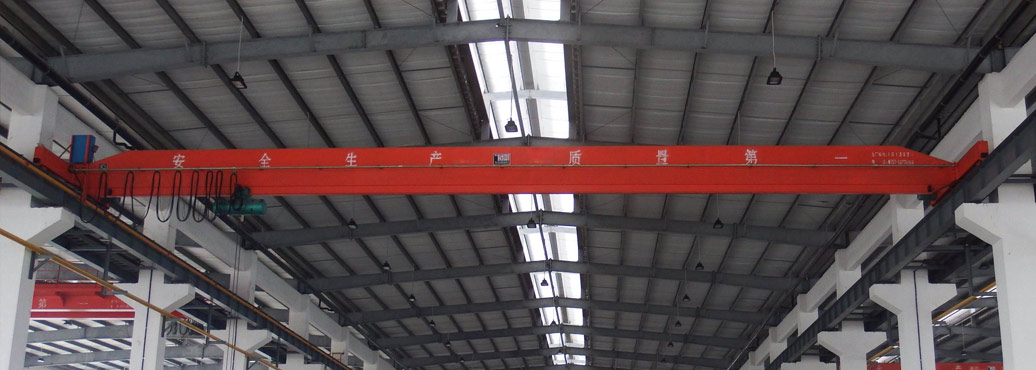Can the electric hoist be used at full load/overload?
The lifting capacity of a wire rope hoist is generally 0.3 to 80 tons, and the lifting height is 3 to 30 meters. It consists of a motor, a transmission mechanism, and a drum or sprocket, and is divided into single-speed lifting and double-speed lifting. It is often used in smaller monorail cranes and can be installed on bridge cranes, jib cranes, and gantry cranes. It is used in material handling places such as steel, hydropower, aerospace, ships, automobiles, coal, and petrochemical industries.

First, let’s understand how the electric wire rope hoist is used at full load. The so-called full load means that the weight of the electric hoist’s lifting target has reached its rated load, which is just at the critical value. Any more weight will cause overloading. Some people want to maximize the use of electric monorail hoists. In order to improve the working efficiency of a hoist, we often choose to use it with a full load, but we ignore a basic problem, that is, the overload caused by overweight.
In fact, often when the electric hoist is used at full load, it will cause overloading. The wire rope hoist will have an upward acceleration process when lifting and transporting, and this process is also an instant overweight process. When the object accelerates upward or decelerates downward, when moving, objects are in an overweight state. This overweight state is superimposed on the already fully loaded electric hoist, naturally forming an overload, and overloading will naturally increase the loss of the electric hoist.

Related articles:How To Select the Right Rigging Solutions for Home BuildingWhat Is a Monorail Crane? | PWIImportance of Hydraulic Hand Pallet Trucks in warehouseHow to Choose the Right Induction Heater for ForgingUnderstanding the PDC Bit: A Key Component of Drilling OperationsHow do you manufacture nitrile gloves?Vertical Shaft Impact Crusher: A Comprehensive Guide to Revolutionize Your Crushing ProcessDifferent types of wire rope electric hoists can bear different weights of goods. When working, you must strictly follow the specified weight of goods, because full load/overload will lead to more serious consequences, and the possible consequences will be what?
1. Cause the hook to deform, break, etc. The weight of the cargo that the hook can bear is limited. If it is overloaded, the stress on the hook will increase, and it will easily deform over time. If the overload is serious, the hook may directly break.
2. Cause the wire rope to deform, break, etc. The entire steel wire rope is made of twisted steel wires, and their bearing capacity is limited. If it is overloaded, it may cause the steel wire rope to deform. Overloading for a long time, the steel wire will slowly begin to break, so that will affect its normal operation.
3. Cause the motor to burn out, etc. Different models of electric monorail hoists have different motor sizes. When working, you can only lift it according to the weight it can bear. Do not overload, otherwise the motor will take more effort to rotate and may be burned.
When you use a wire rope electric hoist to work, you must lift the goods strictly in accordance with the specified weight and do not overload, because the consequences we mentioned above are what we do not want to see.
Related articles:How Does the Puff Snacks Extruding Machine Work?How Automatic Leather Cutting Machines Work?Types of Scrap Used in Steel ProductionWhat is the difference between telescopic and articulating boom lifts?Best Compact Telehandler: A Versatile Solution for Material HandlingHow do you use ozone treatment on a car?UV Laser Cutting: Advancements and Applications






Comments
0Related Articles
By May
109
0
0
By May
137
0
0
By Hou
102
0
0
By Ingrid
99
0
0
By May
98
0
0
By May
104
0
0
By May
107
0
0
By May
112
0
0